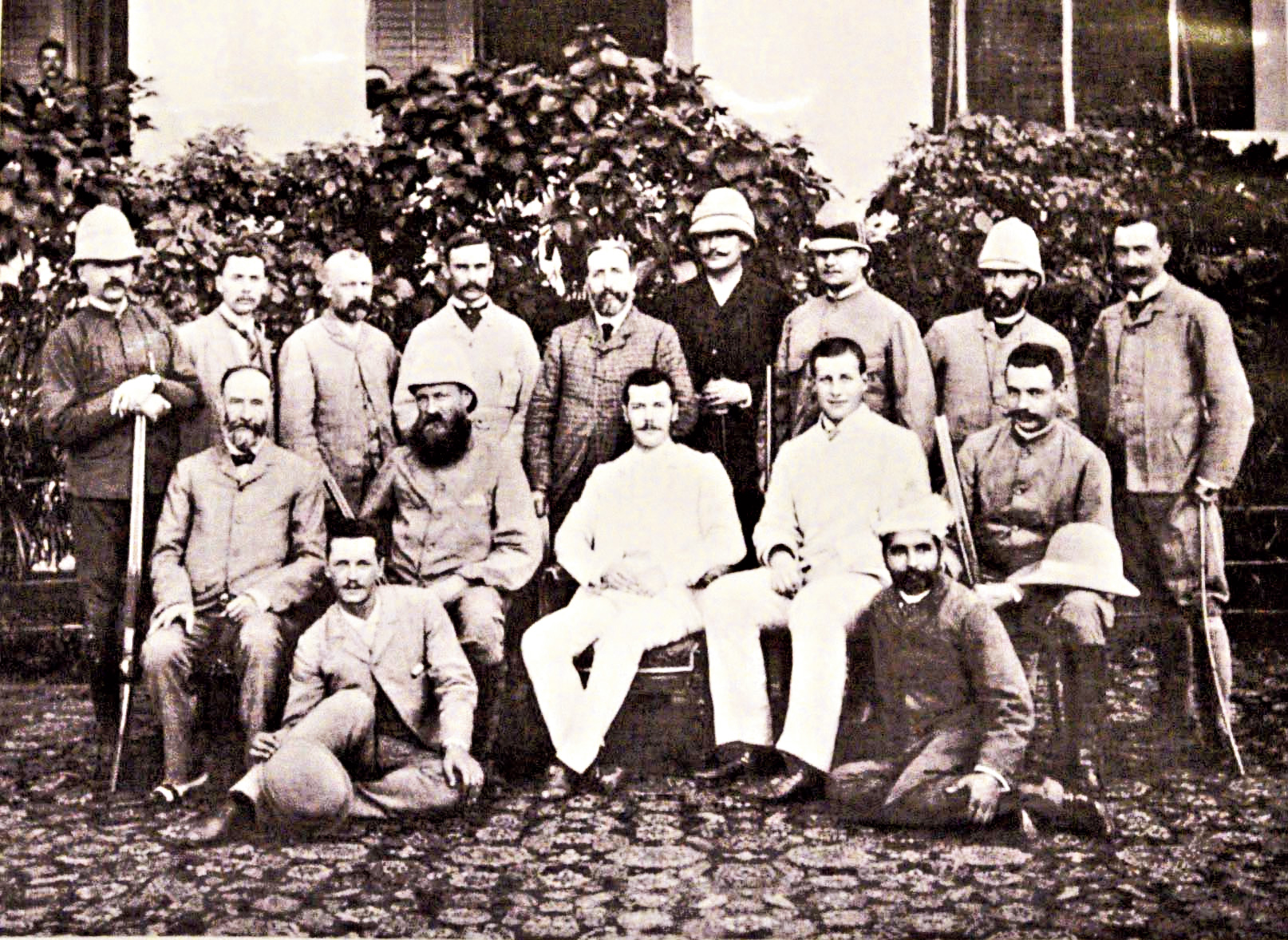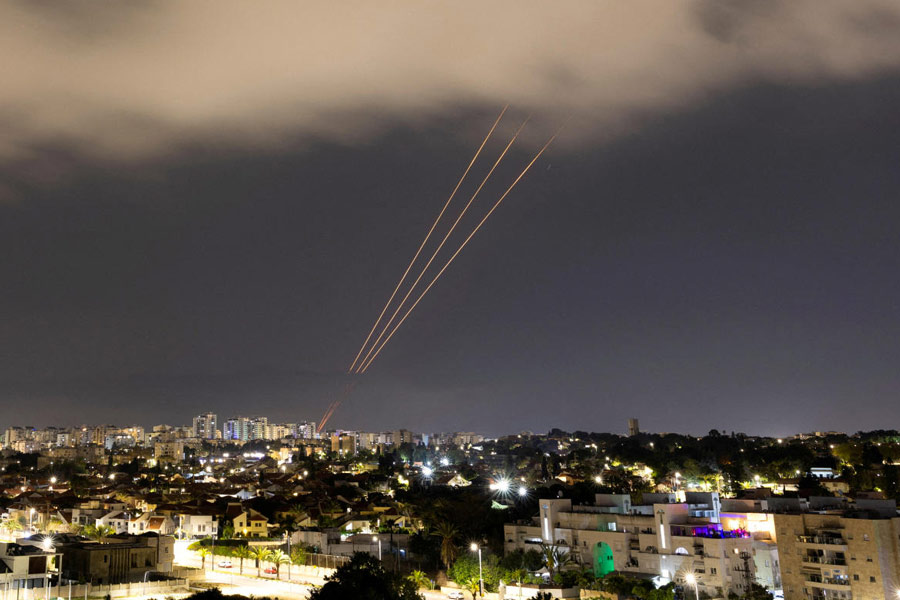The Indian expedition of a Russian prince who would later become the tsar, recorded in photographs and sketches, is one of the highlights of an ongoing exhibition in the city.
“The Russian State and India. Imperial Encounters to Contemporary Collaboration” commemorates the 70th anniversary of the establishment of diplomatic relations between the two countries.
The exhibition, being held at Gorky Sadan, was inaugurated on December 7 and will continue till December 13.
“The exhibition chronicles landmark events in the Indo-Russian ties, that go back way before formal diplomatic relations were established in 1947. The visit of Nicholas II as tsarevich (heir apparent) in 1890-91 is probably the first such landmark,” said Hari Vasudevan, professor of history at Calcutta University and a specialist in Indo-Russian relations.
Vasudevan, who has curated the exhibition, said the tsarevich’s visit was part of Russia’s “Look East” policy.
The prince in his late 20s — who would succeed his father Alexander III as tsar in 1894 — travelled by sea from the Mediterranean, visiting Egypt, India, Ceylon, Thailand, China and Japan before returning home via Siberia. The entourage included senior military officers.
“The grand tour was intended to acquaint the young man with a sense of the lands with which Russia was keen on developing close ties,” Vasudevan said.
The visit to India was the lengthiest, lasting over two months. The prince’s itinerary included several big cities such as Bombay, Delhi, Agra, Banaras, Jaipur and, of course, Calcutta.
The journey would need detailed written and visual records. Esper Ukhtomskii, the Russian orientalist, accompanied the prince and prepared a book that would be translated into German, French and English. The initial sketches were made by an “official navy artist” but the illustrations that would appear in the book were made by N.N. Karazin, an illustrator known for his war paintings.
The exhibition covers the period after the Russian Revolution, which altered the approach of the Russian state towards India. Lenin’s Bolshevik government promised to help anti-colonial movement and Indian revolutionaries had gathered in Moscow in February 1919.
A photograph shows Lenin in his study where he met the Indian revolutionaries. On display are radiogram messages between the Indian revolutionaries and the Bolshevik state.
The establishment of formal diplomatic ties after India’s independence is also the subject of several exhibits.










